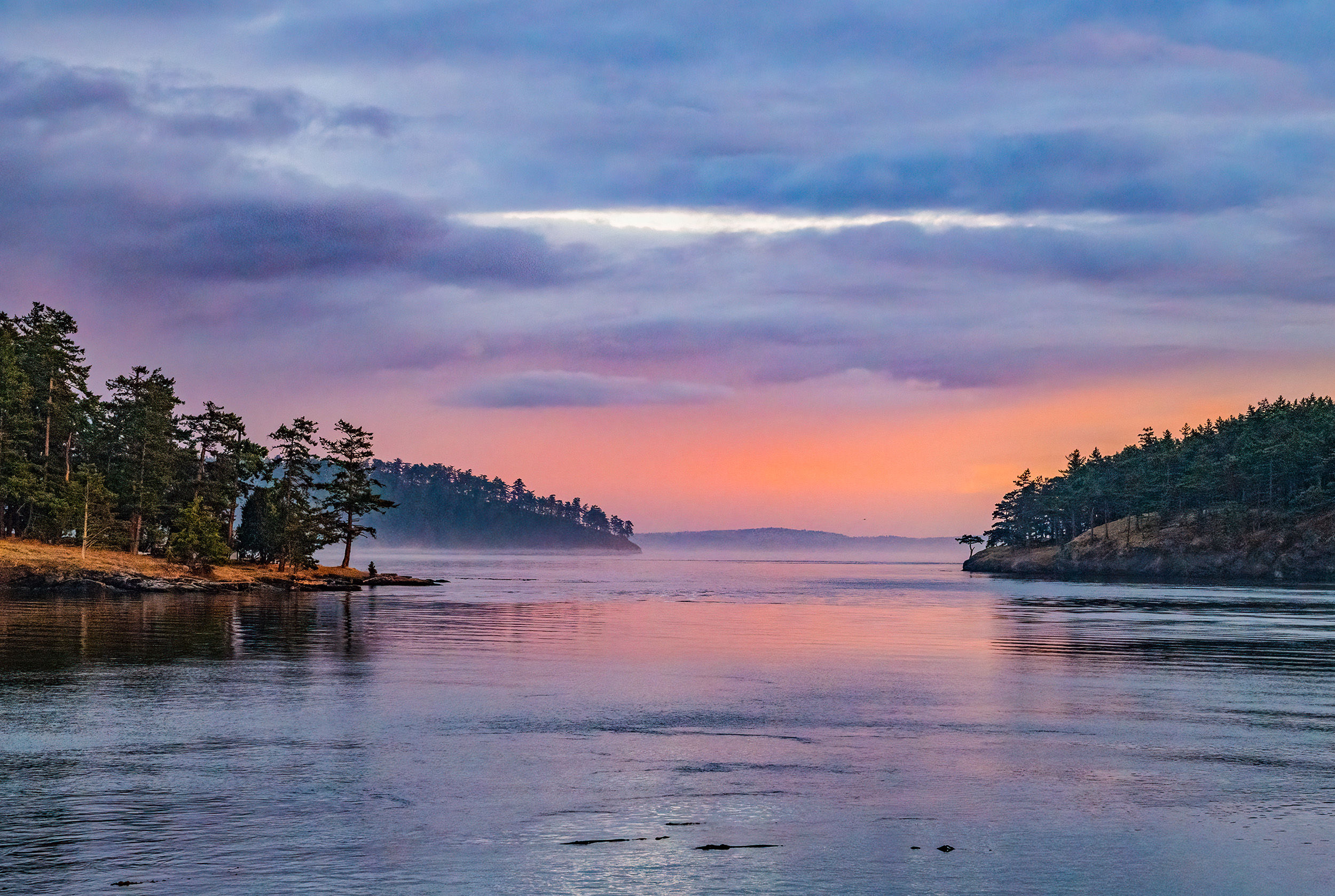As the school year ends and summer begins, Friends of the San Juans’ research on eelgrass health will be gathering its second year of data from below the surface. The health of eelgrass meadows is San Juan County has had very concerning trends, prompting Friends and our partners to better understand where it is disappearing and where it is thriving. This June, you may see the historic research vessel Brendan D II, slowly exploring our shorelines and taking underwater video and mapping eelgrass beds.
Eelgrass, a vital marine plant that grows in shallow depths up to 25 feet, is crucial for maintaining healthy marine ecosystems. It supports marine food webs, cleans water, and stabilizes shorelines. Understanding the health of nearshore eelgrass beds can guide actions to keep it thriving into the future. Data collection from this summer builds on the detailed surveys completed last summer in 21 local bays. Both sets of data will be compared to a 2003 survey providing comprehensive insights into eelgrass changes over the past 20 years.
Eelgrass in the San Juans has been declining more than in other parts of the state. These local losses are significant because the shorelines here are a critical intersection for various marine species, including forage fish, juvenile Chinook salmon, and the critically endangered Southern Resident killer whales. This makes the San Juans a priority for eelgrass research and conservation.
The eelgrass mapping survey project is a joint effort by Friends of the San Juans, the Washington Department of Natural Resources, and Friday Harbor Labs, and includes detailed surveys in bays, mapping along all of San Juan County marine shorelines, and research on eelgrass wasting disease.
Last summer’s mapping revealed significant eelgrass declines in 12 bays, there were increases in four sites, and five sites were stable or had no clear trend. Most losses were in the shallowest parts of the beds, while increases were in deeper areas. In addition to mapping, community science volunteers helped collect eelgrass plants from 10 sites to analyze for eelgrass wasting disease. Friends of the San Juans’ trained community science volunteers suited up in gear, and they dove underwater to retrieve eelgrass samples with snorkels and all! Early mapping and disease results show that deeper eelgrass beds are more resilient than shallower ones, and data from this summer’s mapping will provide additional insight.
“It’s been so rewarding to revitalize our partnership with the Department of Natural Resources, Friday Harbor Labs, and Marine Resources Consultants, which began more than 20 years ago with the first countywide mapping of eelgrass in the San Juans. Current efforts are especially exciting as they go beyond mapping and focus on the future, engaging community science volunteers in research, and identifying the most resilient places for protection,” says Tina Whitman, Friends Science Director.
This 20-year eelgrass health assessment is funded by the Washington State Salmon Recovery Funding Board, the SeaDoc Society, and the United States Fish and Wildlife Service.


